
Complete Guide to Visiting Fes, Morocco
Fes, the cultural and spiritual heart of Morocco, is a city steeped in history and tradition. With its sprawling medina, centuries-old madrasas, and vibrant souks, Fes offers a fascinating glimpse into the country’s rich heritage. Whether you’re an architecture lover, a foodie, or simply a curious traveler, Fes promises an unforgettable experience. In this guide, we’ll explore the best things to do in Fes, where to stay, what to eat, and tips to make the most of your visit.
A Brief History of Fes
Fes was founded in 789 AD by Idris I, making it one of Morocco’s oldest cities. Over the centuries, it has grown into a center of Islamic culture and learning, rivaling cities like Cairo and Damascus in its intellectual and religious significance. The city’s rich history is reflected in its stunning architecture, with its medieval medina (Fes el-Bali) being one of the world’s largest car-free urban areas and a UNESCO World Heritage site.
When to Visit Fes
Fes enjoys a Mediterranean climate with hot summers and mild winters. The best time to visit is during spring (March to May) or fall (September to November) when the weather is pleasant, and you can explore comfortably without extreme heat.
-
- Spring (March to May): The city is in bloom, and temperatures are moderate, making it ideal for walking tours and sightseeing.
- Fall (September to November): Similar to spring, this is another perfect time for pleasant weather, with fewer tourists than in the summer.
- Winter (December to February): Fes can get chilly, especially at night, but it’s still a great time for cultural exploration without the crowds.
- Summer (June to August): Be prepared for high temperatures, especially in the medina, but if you don’t mind the heat, you can still enjoy the sights.
Top Things to Do in Fes
Fes is a city where you can easily lose yourself in the history and charm of its ancient streets. Here are the must-visit sites and experiences in Fes:
Explore Fes el-Bali (Old Medina)
The old medina, Fes el-Bali, is the largest and oldest medina in Morocco, a labyrinth of narrow alleys, bustling souks, and historical treasures. It’s easy to get lost, but that’s part of the adventure!
-
- Al Quaraouiyine Mosque and University: Founded in 859 AD, this is the oldest continuously operating university in the world. Non-Muslims cannot enter the mosque, but you can admire its stunning architecture from the outside.
- Bou Inania Madrasa: This 14th-century religious school is one of the few in Fes that non-Muslims can visit. The intricate wood carvings, zellij (mosaic tiles), and stunning courtyard are architectural masterpieces.
- Chouara Tanneries: One of the most iconic spots in Fes, the tanneries are where leather is processed using centuries-old techniques. The sight of vibrant dye pits, combined with the strong smell of natural dyes, offers an authentic (if pungent) experience of traditional craftsmanship.
- Bab Bou Jeloud (The Blue Gate): This striking blue and green gate marks the entrance to the medina and is a popular meeting spot. It’s also a great place to begin your journey through the narrow, winding streets of Fes el-Bali.
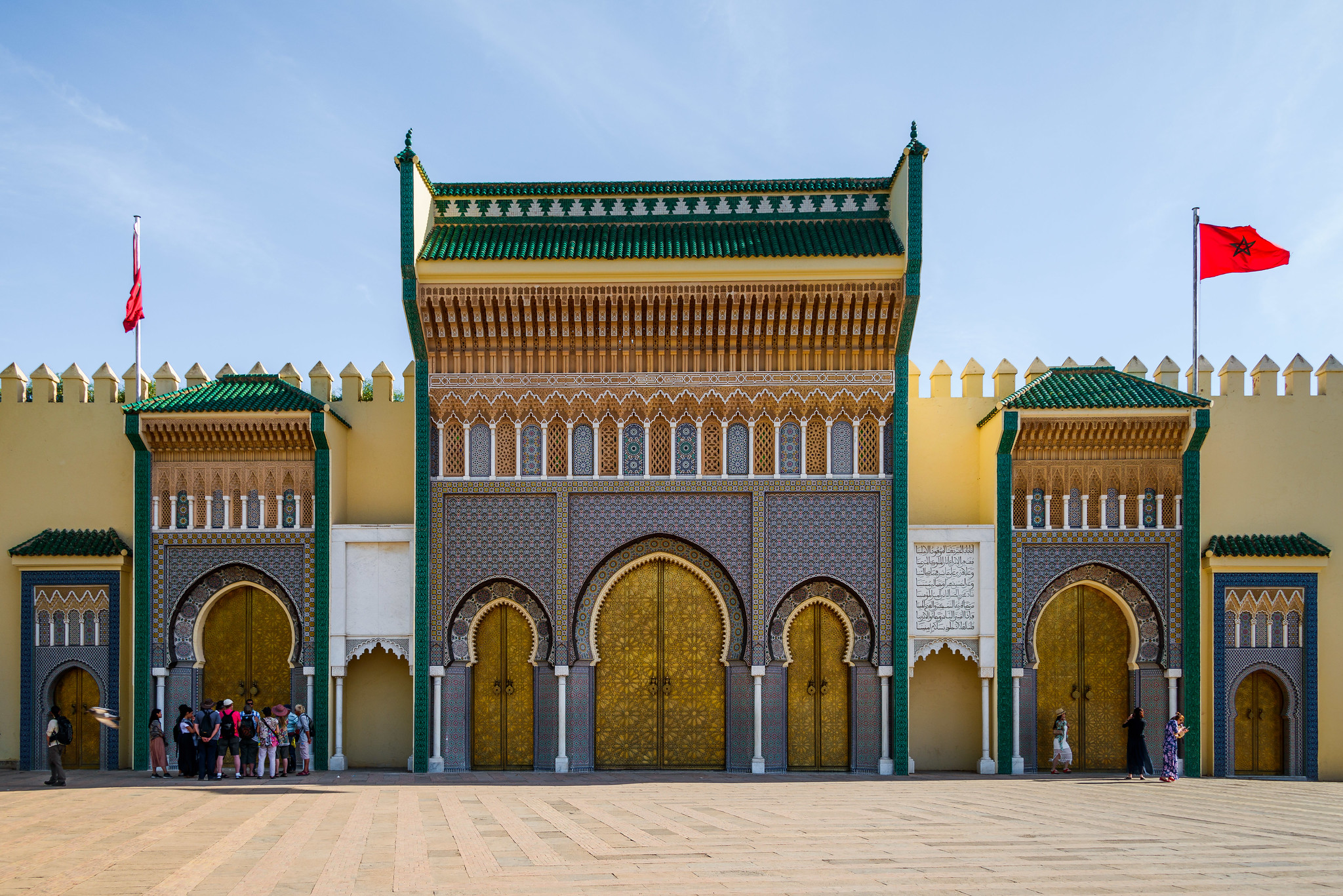
Visit Fes el-Jdid (New Medina)
Although called the “new medina,” Fes el-Jdid dates back to the 13th century. It’s home to the historic Jewish Quarter (Mellah), where you can explore Jewish history in Morocco.
-
- Mellah (Jewish Quarter): The Mellah of Fes is a fascinating area to explore, with its narrow lanes and unique architecture. You can visit the Ibn Danan Synagogue, one of the oldest synagogues in North Africa.
- Royal Palace: While not open to the public, the Royal Palace (Dar el Makhzen) is worth a visit for its impressive golden gates and surrounding gardens.
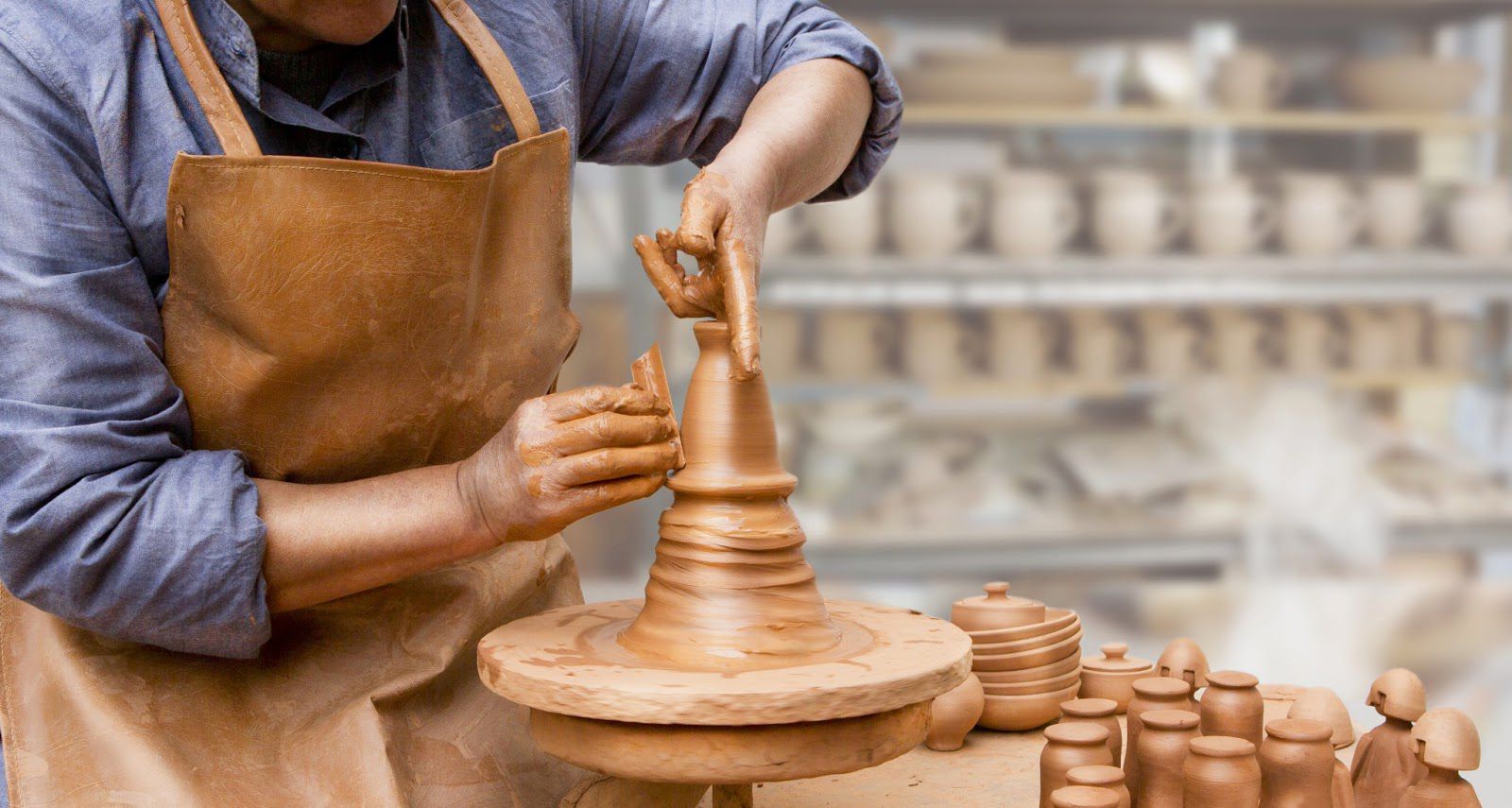
Discover Traditional Crafts
Fes is renowned for its artisans, and the city’s souks are the best place to witness traditional craftsmanship. You’ll find handmade items ranging from pottery to leather goods.
-
- Zellij Tiles: The beautiful geometric patterns of Fes’ zellij tiles are a highlight of Moroccan craftsmanship. You can visit workshops where artisans still handcraft these intricate tiles.
- Fassi Pottery: Fes is famous for its distinctive blue-and-white pottery, which is often seen in mosques and riads. Visit a pottery workshop to see how these pieces are made.
- Carpets and Textiles: Fes is a great place to shop for handwoven rugs and textiles, often crafted with vibrant colors and traditional Berber designs.

Dar Batha Museum
Located in a 19th-century palace, the Dar Batha Museum houses a superb collection of Moroccan arts and crafts, including ceramics, textiles, and wood carvings. The museum’s garden is also a tranquil escape from the bustling medina.
Jnan Sbil Gardens
If you need a break from the medina’s intensity, head to Jnan Sbil, a lush garden with shaded paths, fountains, and ponds. It’s a peaceful place to relax and recharge.
Where to Stay in Fes
Fes offers a wide range of accommodations, from budget-friendly hostels to luxury hotels and traditional riads. Staying in a riad is highly recommended for an authentic Moroccan experience.
-
- Riads: Riads are traditional Moroccan houses built around a central courtyard. Many have been converted into boutique hotels, offering guests a unique experience with personalized service. Some top riads in Fes include:
-
- Riad Fes: A luxury riad with a mix of traditional and modern decor, offering stunning views of the medina.
- Riad Laaroussa: Known for its spacious rooms, beautiful courtyard, and friendly staff.
- Dar Seffarine: A beautifully restored riad with a traditional Moroccan atmosphere.
-
- Riads: Riads are traditional Moroccan houses built around a central courtyard. Many have been converted into boutique hotels, offering guests a unique experience with personalized service. Some top riads in Fes include:
- Luxury Hotels: For those looking for more modern comforts, Fes also offers high-end hotels with excellent amenities, such as:
-
-
- Palais Faraj Suites & Spa: A luxurious hotel offering panoramic views of the medina and an on-site spa.
- Hotel Sahrai: A contemporary 5-star hotel with a rooftop bar and pool, offering a blend of luxury and convenience.
-
-
What to Eat in Fes
Fes is considered the culinary capital of Morocco, offering a wide array of delicious dishes. Don’t miss these Fassi specialties:
-
- Pastilla: A flaky pastry filled with pigeon or chicken, almonds, and spices, dusted with powdered sugar and cinnamon. It’s a delightful mix of sweet and savory flavors.
- Bissara: A hearty soup made from dried fava beans, often eaten for breakfast.
- Harira: A traditional Moroccan soup made with tomatoes, lentils, chickpeas, and lamb, typically enjoyed during Ramadan.
- Mrouzia: A Fassi specialty, this is a sweet and savory lamb tagine cooked with honey, almonds, and raisins.
- Seffa: A unique dish made with steamed couscous or vermicelli, topped with powdered sugar, cinnamon, and almonds.
- Mint Tea: Morocco’s beloved drink is an essential part of any meal, especially in Fes, where tea is served with elaborate hospitality.
Shopping in Fes
Shopping in Fes is an adventure in itself, with its vibrant souks offering a treasure trove of handmade goods. Here’s what you should look for:
-
- Leather Goods: Fes is famous for its high-quality leather products, including bags, slippers (babouches), and jackets.
- Ceramics: Fassi pottery is known for its blue and white designs, often adorned with geometric and floral patterns.
- Spices: Moroccan spices, including saffron, cumin, and ras el hanout, make great souvenirs.
- Carpets: Moroccan rugs are highly sought after, and Fes offers a variety of handwoven Berber carpets and kilims.
- Argan Oil: This multipurpose oil is produced in Morocco and is a popular beauty product worldwide.
Day Trips from Fes
If you have extra time, consider taking a day trip from Fes to explore nearby regions.
-
- Meknes and Volubilis: Visit the imperial city of Meknes and the ancient Roman ruins of Volubilis, both UNESCO World Heritage Sites.
- Chefchaouen: Known as the “Blue City,” Chefchaouen is famous for its striking blue-painted streets and relaxed atmosphere.
- Ifrane and the Middle Atlas Mountains: Escape to the Middle Atlas Mountains, where you can visit the alpine-like town of Ifrane and hike through the cedar forests.
Practical Tips for Visiting Fes
-
- Currency: The local currency is the Moroccan dirham (MAD). Most transactions in Fes are cash-based, so make sure to have some dirhams on hand. ATMs are widely available.
- Language: Arabic and Berber are the official languages, but French is widely spoken in Fes. Learning a few phrases in Arabic or French can be helpful and appreciated.
- Getting Around: Fes is a walkable city, especially in the medina where cars are not allowed. However, it’s easy to get lost, so hiring a local guide can enhance your experience. For getting to and from the airport or exploring areas outside the medina, taxis are a convenient option.
- Respecting Local Customs: Morocco is a Muslim country, and it’s important to dress modestly, especially when visiting religious sites. Women should cover their shoulders and knees, while men should avoid shorts.
Fes is a city that will transport you back in time with its rich history, stunning architecture, and vibrant culture. Whether you’re wandering through the medina’s winding streets, shopping for handmade crafts, or savoring traditional Moroccan cuisine, Fes offers an authentic and unforgettable Moroccan experience.

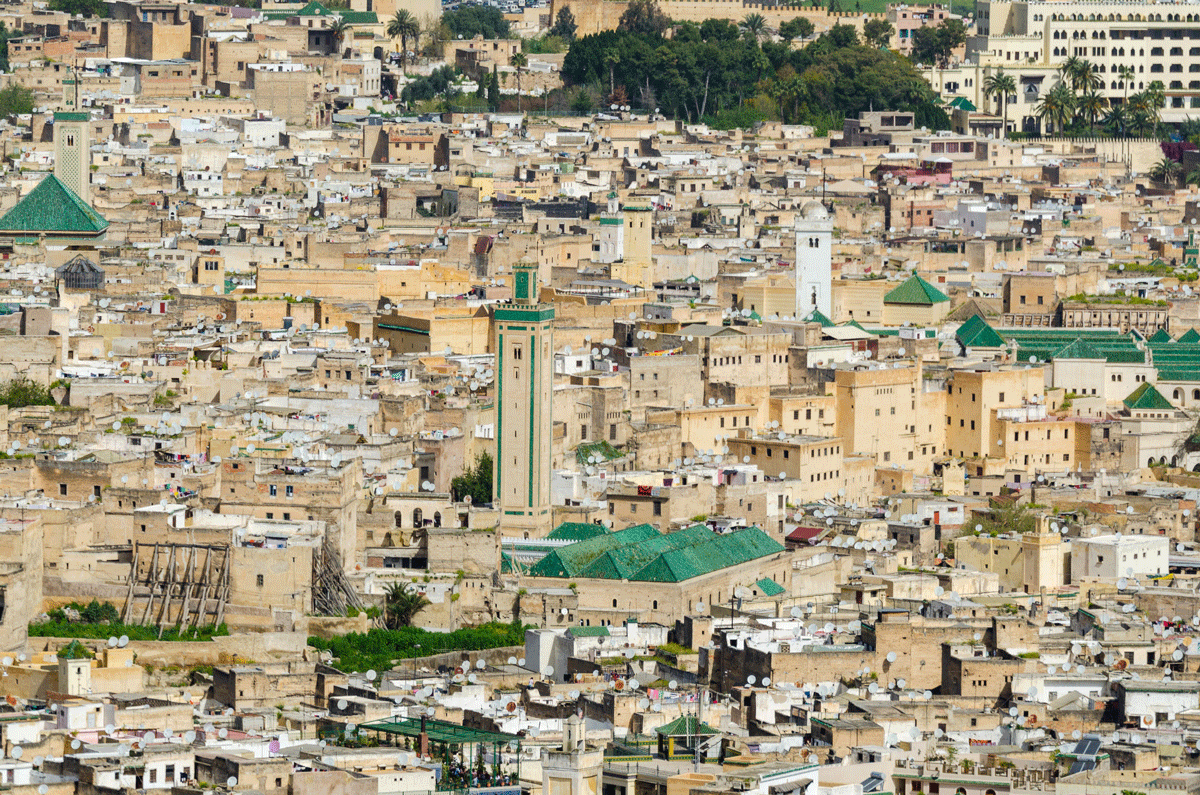
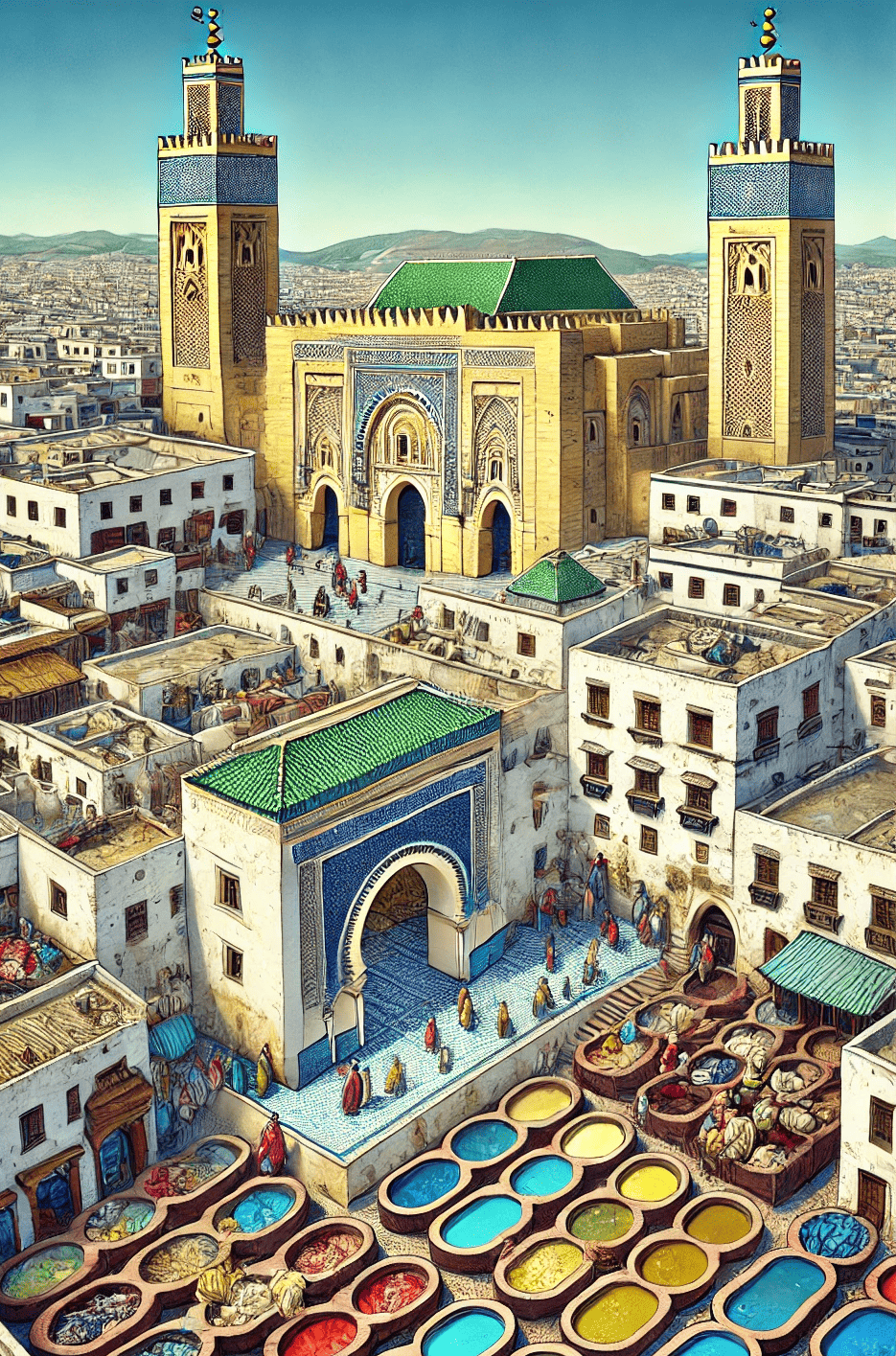
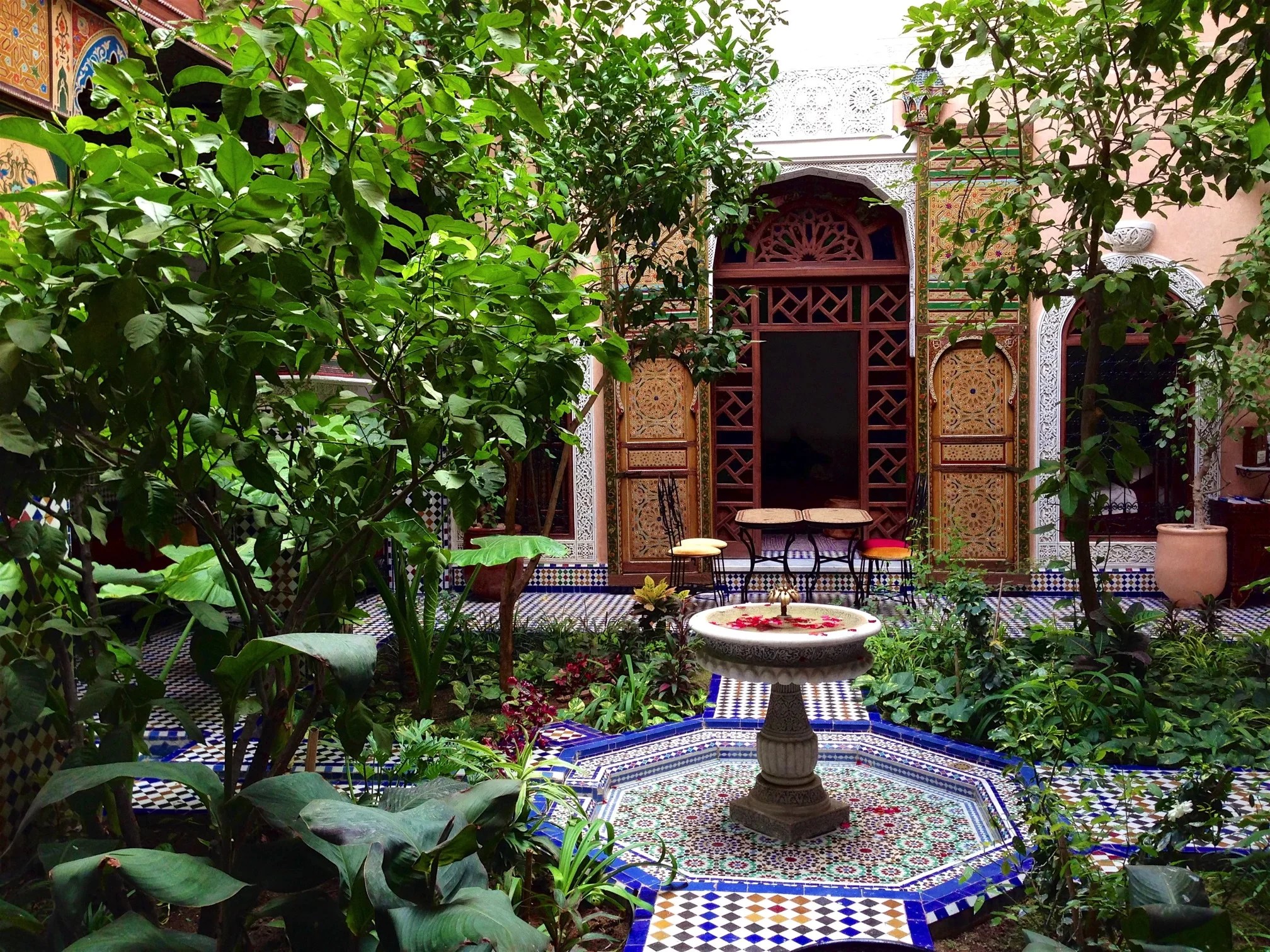
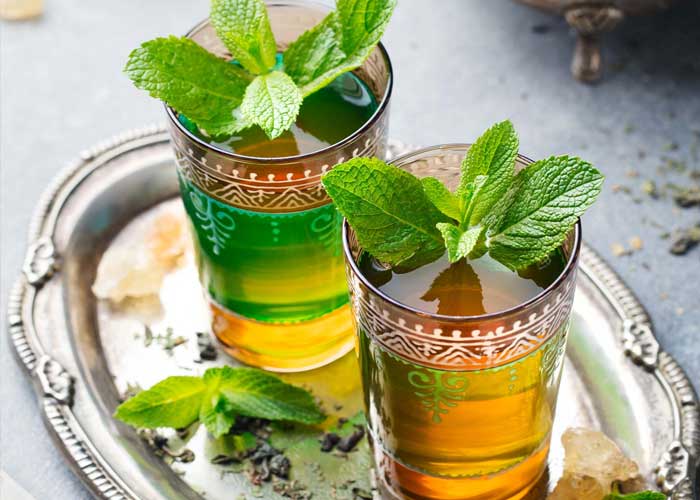
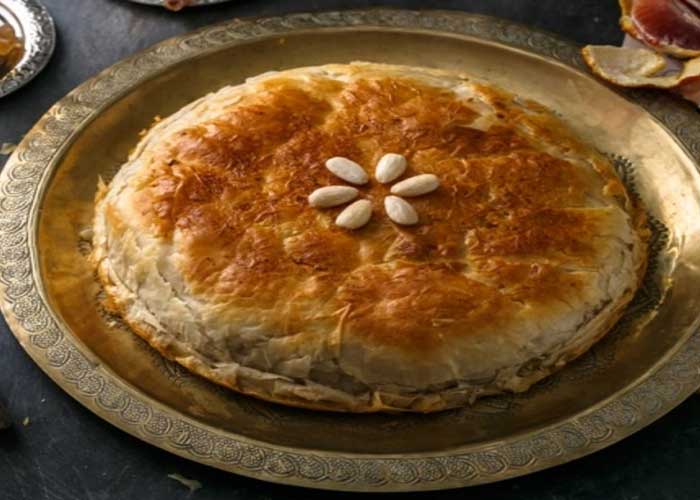
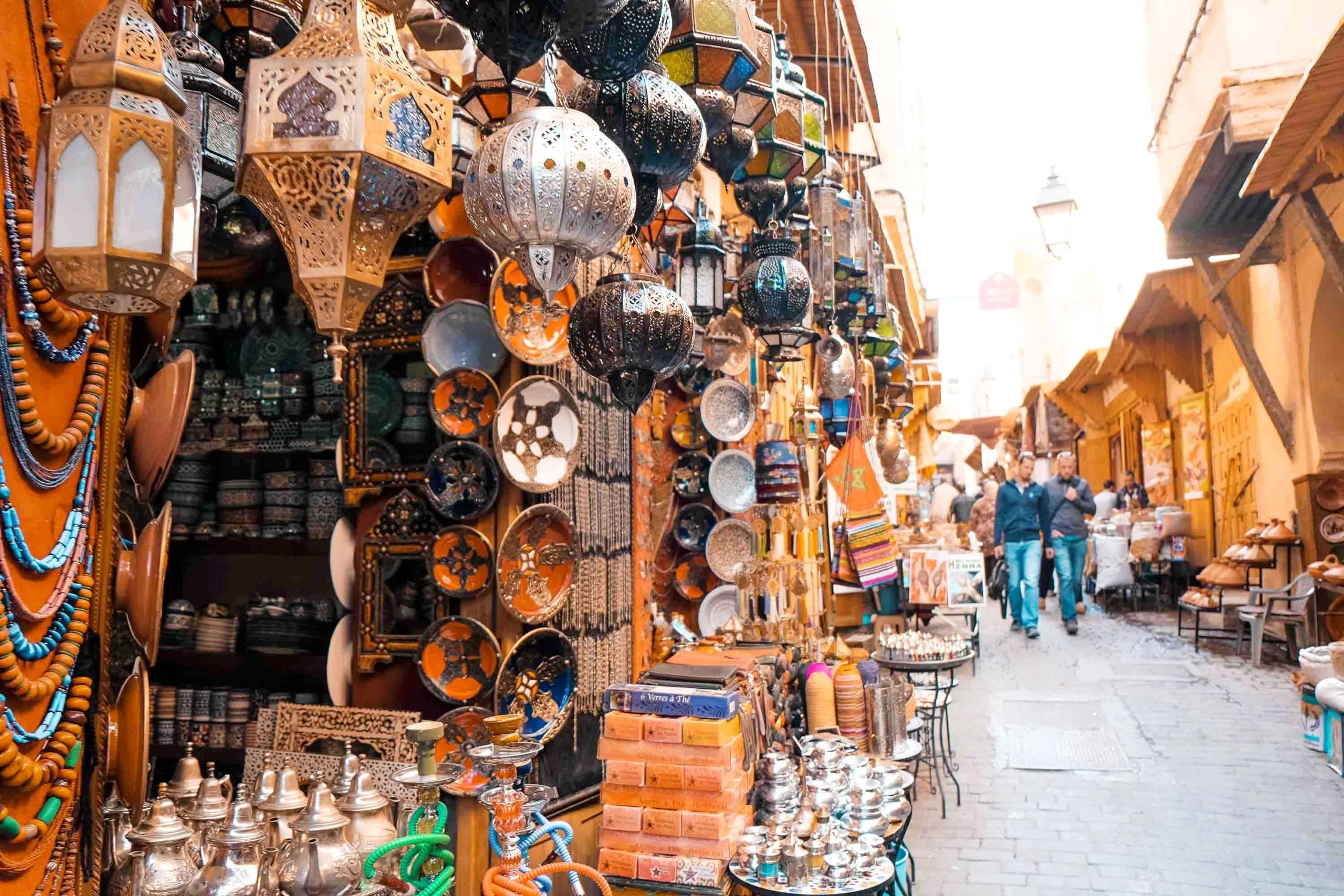
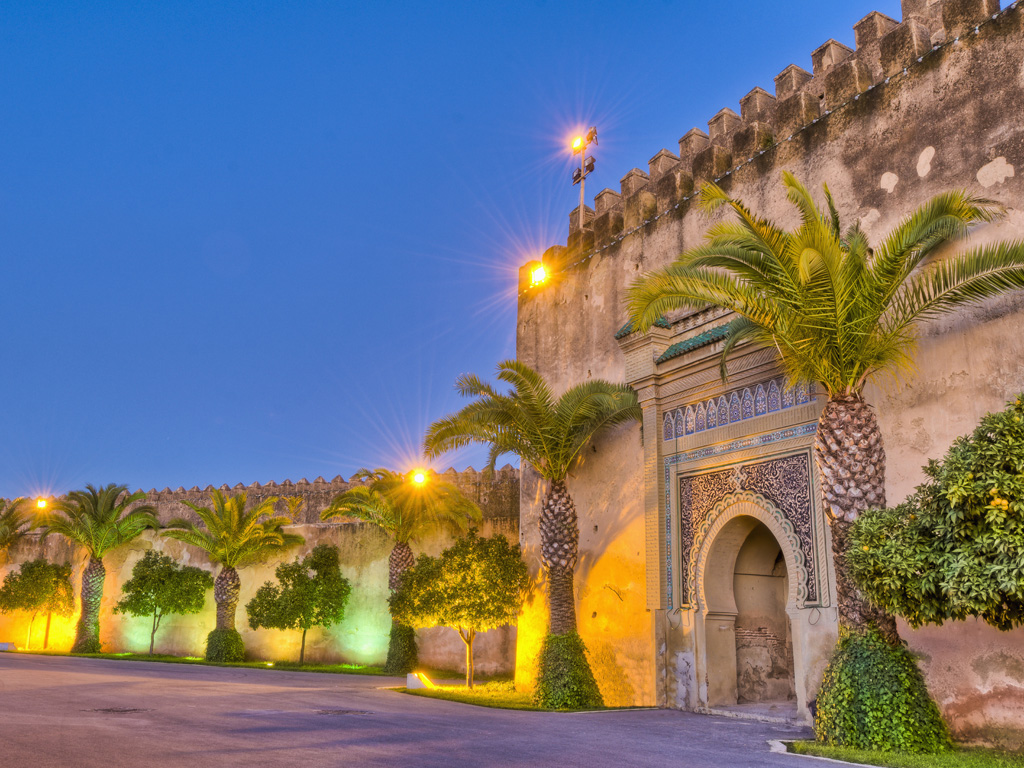
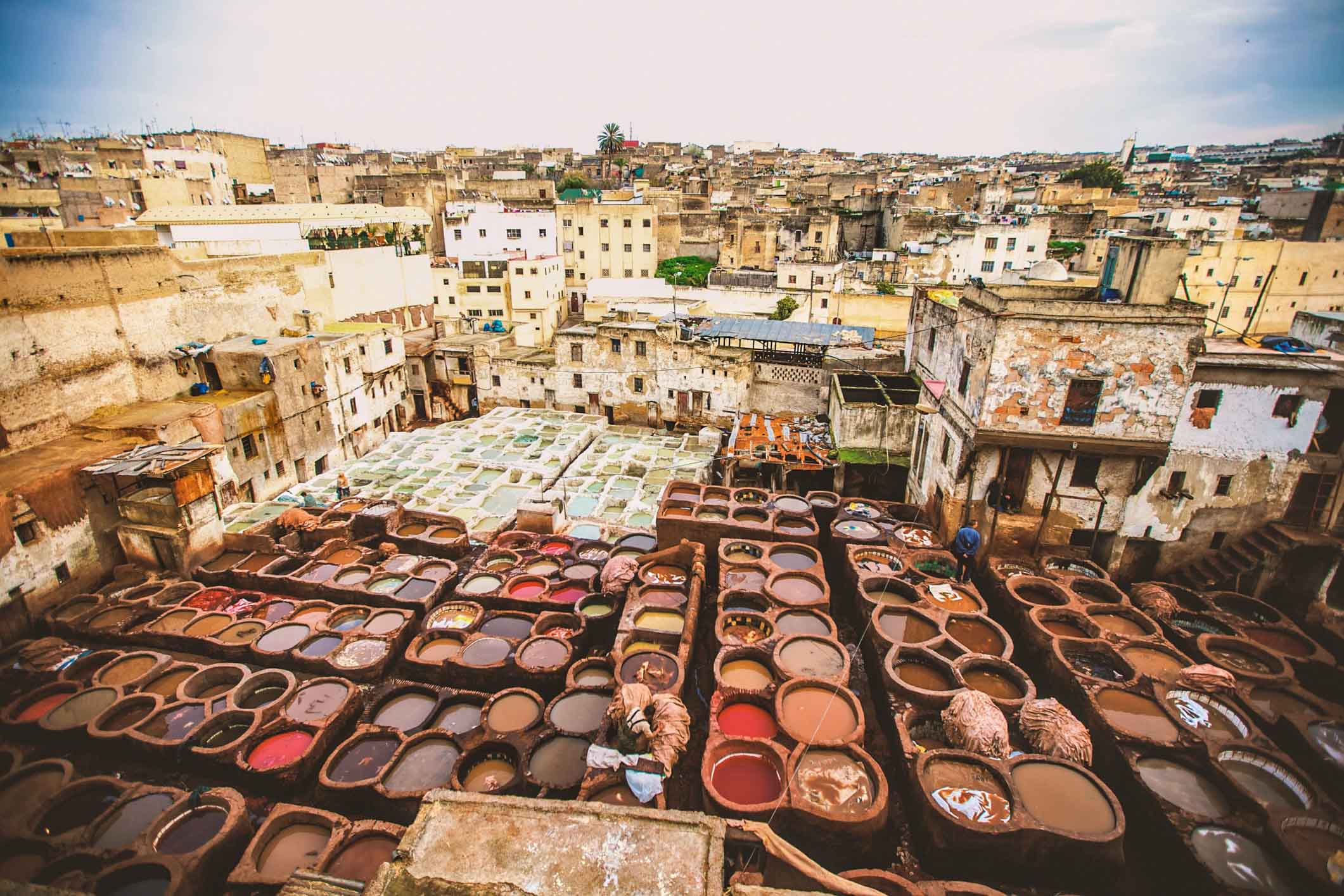
The section on the medina really brings Fes to life—getting lost in those alleys sounds like part of the magic! Did anyone else get completely turned around and love it anyway?
Absolutely! Getting lost in the medina is almost a rite of passage in Fes. The maze-like alleys, hidden courtyards, and unexpected treasures around every corner make it such a unique adventure. It’s one of those rare places where being lost actually adds to the experience!
Pastilla with powdered sugar and cinnamon? That sweet-savory combo is so intriguing—I’d fly to Fes just to try it! Any locals have recommendations for the best place to eat one?
Totally agree—the mix of flaky pastry, spiced meat, and that dusting of sugar and cinnamon is unlike anything else! If you’re in Fes, many locals recommend trying pastilla at Riad Rcif or Dar Hatim—both are known for authentic, home-style cooking in beautiful settings. It’s definitely worth seeking out the real deal while you’re there!
Thanks for mentioning Jnan Sbil Gardens—sometimes you just need a peaceful green space after the medina chaos. Anyone know if it’s a good picnic spot?
Absolutely—it’s a top-tier picnic spot (if you go about it thoughtfully)! Here’s why locals and visitors love it: Tranquil oasis – Over 3 000 plant species, fountains, a pond and mature trees make it an ideal escape from the medina hustle Great seating – Plenty of benches under shade, perfect for nibbling and watching the world go by . Safe & welcoming – Generally peaceful, with locals strolling, reading, and enjoying tea—many solo visitors, including women, report feeling safe and relaxed . Bonus cafés nearby – Café La Noria (inside) and Mezzanine rooftop just outside offer mint tea, snacks, or even a cold beer to elevate your garden pit stop Watch openings – Closed on Mondays and hours vary (typically ~8:30–17:30), so best to plan around that to avoid surprises . Pro tip: Go later in the afternoon when locals arrive—at dusk the garden fills with a recaxed, communal vibe, offering a warm, local atmosphere So yes—definitely bring some light picnic fare, find a shady bench, and enjoy a peaceful garden lunch after weaving through the medina
For those who’ve visited the Chouara Tanneries—how did you handle the smell? Any tips?
Great question! The Chouara Tanneries are fascinating, but yes—the smell is intense. Here are some tried-and-true tips from visitors and locals alike:
How to Handle the Smell:
Mint Leaves or Sprigs: Many locals and guides offer fresh mint at the entrance. Hold it under your nose—it works surprisingly well.
A Scarf or Mask: Bring a scarf or light mask and dab it with a scented balm or essential oil (like lavender or eucalyptus).
Visit Early: Go in the morning when the air is cooler and the smell isn’t as strong.
Short Visits: Don’t linger too long in one spot—take your photos and soak in the view, then move along.
Stay Up High: View from terraces above the tanneries instead of going down to ground level. Many leather shops offer rooftop views with less smell and great angles.
It’s all part of the experience—pungent, yes, but unforgettable!
Is it worth staying in a riad over a hotel when visiting Fes? I’ve heard the experience is completely different!
Absolutely—staying in a riad in Fes is part of the magic of the city! Here’s why many travelers say it’s totally worth it:
Why Choose a Riad Over a Hotel?
Authentic Atmosphere: Riads are traditional Moroccan homes with stunning interior courtyards, mosaic tiles, carved wood, and a peaceful vibe that feels worlds away from standard hotel decor.
Personalized Hospitality: Many are family-run and offer warm, personalized service—like home-cooked meals, insider tips, and genuine conversations.
Location, Location, Location: Riads are usually tucked inside the medina, so you’re right in the heart of the action (and can retreat to tranquility in minutes).
Rooftop Views & Courtyards: Perfect for breakfast with a view or a sunset mint tea. Some even have plunge pools or hammams!
Cultural Immersion: Staying in a riad gives you a sense of Moroccan daily life—from the call to prayer in the morning to the smell of spices in the evening.
That said, if you prefer easy access, elevators, or modern conveniences, a hotel outside the medina might suit you better. But for a truly Fassi experience? A riad is unforgettable.